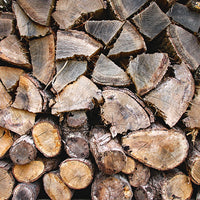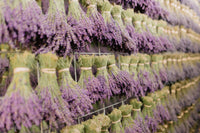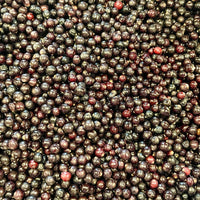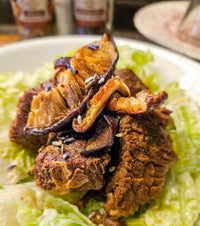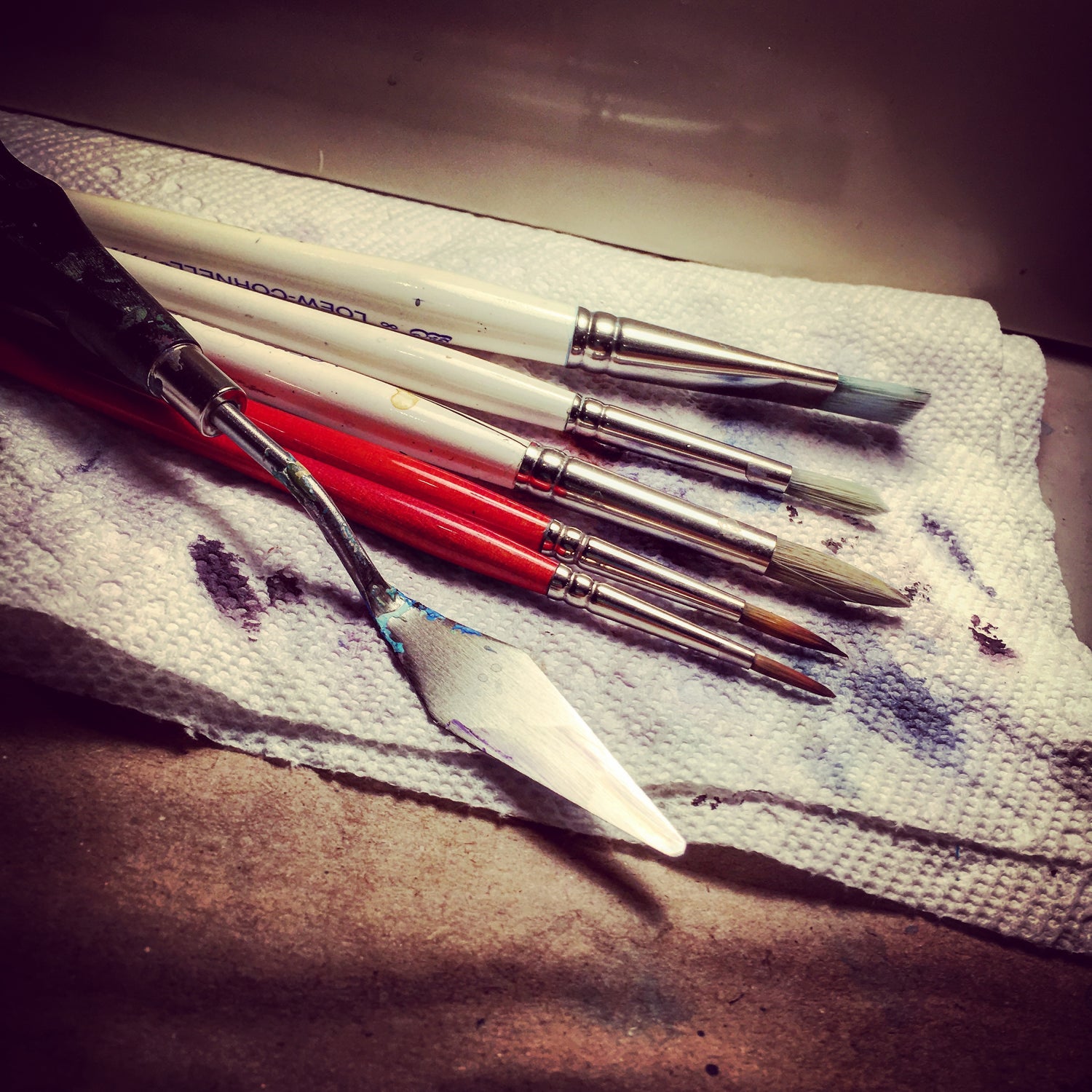At Copper Knoll Farms, we are committed to not only providing high-quality firewood but also ensuring that our forestry practices contribute positively to the environment. One of the key pillars of our sustainability efforts is our dedication to wildlife conservation. In this blog post, we'll delve into how our firewood production and forest management methods support habitat preservation and wildlife diversity.
Selective Harvesting for Forest Improvement
When it comes to sourcing our firewood, we practice selective harvesting, a method that involves carefully choosing which trees to cut in order to improve the overall health and biodiversity of our forest. It's important to note that we are not a typical tree service. Unlike firewood options sourced from tree services that prioritize profit over forest health, our selection process is meticulous and focused on the long-term well-being of the ecosystem.
Selective tree harvesting is a method of forestry management that involves carefully choosing which trees to remove from a forest while leaving others intact. Unlike clear-cutting, where large swathes of trees are felled indiscriminately, selective harvesting targets specific trees based on various criteria such as species, size, and health. By selectively removing trees, this approach aims to maintain the overall health and biodiversity of the forest environment while also promoting sustainable timber production. Selective harvesting allows for the regeneration of the forest, preserves habitat for wildlife, and minimizes the ecological impact of logging activities. This method requires a thoughtful and strategic approach, balancing the needs of resource extraction with long-term environmental sustainability. You can read more about tree selection by clicking here.

Creating Wildlife Habitats with Brush Piles
In addition to responsibly harvesting trees, we make use of every part of the tree to minimize waste and create habitats for wildlife. Unused branches and tree debris are repurposed into brush piles, which serve as valuable shelter and habitat for various wildlife species. These brush piles not only provide cover for small mammals and birds but also contribute to the overall biodiversity of our forest.
Wildlife utilize brush piles as vital shelters, nesting sites, and foraging grounds. Small mammals such as rabbits and squirrels seek refuge within the dense structure of brush piles, protecting them from predators and harsh weather conditions. Birds, including thrushes and wrens, utilize brush piles for nesting, use the interwoven branches to construct their nests and rear their young. Additionally, brush piles attract insects and other invertebrates, providing an abundant food source for birds and small mammals. By offering these habitat features, brush piles play a crucial role in supporting wildlife populations and promoting biodiversity within our forest ecosystem. Moreover, they contribute to the ecological balance by fostering natural predator-prey relationships and enhancing overall habitat resilience.

Forest Openings and Food Plots
We prioritize the creation of diverse habitats within our forested areas to foster a thriving environment for wildlife. As part of our conservation efforts, we maintain open areas within the forest, strategically planting clover, a protein rich legume, to provide essential food sources for wildlife. These forest openings and food plots play a crucial role in sustaining the local ecosystem by offering vital forage for white-tailed deer, a keystone species, along with nourishment for turkeys, rabbits, and other wildlife. Through our deliberate management of these areas, we aim to enhance habitat quality while also to encouraging biodiversity.

Preserving Habitat with Standing Dead Trees
Standing dead trees, also known as "snags," are essential components of healthy forest ecosystems. Despite their appearance of lifelessness, these trees provide critical habitat for a wide range of wildlife species. Many cavity-nesting birds, such as woodpeckers, owls, and cavity-nesting ducks, rely on snags for nesting and roosting sites. Additionally, the decaying wood of standing dead trees attracts insects, which in turn serve as a food source for woodpeckers and other insect-eating birds. By leaving standing dead trees undisturbed, we contribute to the preservation of these vital habitat features and support the intricate web of life within our forest.
Furthermore, the presence of standing dead trees contributes to the natural process of forest succession. As snags gradually decay, they provide substrate for fungi, mosses, and lichens, which in turn support a variety of invertebrates. These invertebrates, in addition to being a food source for wildlife, aid in nutrient cycling and soil formation. Ultimately, the preservation of standing dead trees fosters habitat complexity and resilience, enhancing the overall health and biodiversity of the forest ecosystem.

Removing Non-Native Invasive Plants
In our ongoing efforts to promote biodiversity and maintain the integrity of our ecosystem, we've taken decisive action to address non-native invasive plants on our farm. One such example is the mechanical removal of over 2.5 acres of autumn olive, a prolific invasive species known to outcompete native vegetation and degrade habitat quality. To prevent regrowth and ensure the effective elimination of these invasive bushes, we employed root raking techniques and conducted monitored agricultural burns of the eradicated plant material. While non-native invasive plants may initially seem beneficial to wildlife, providing food and shelter, their unchecked proliferation can disrupt delicate ecological balances and ultimately diminish habitat value in the long run.
By removing non-native invasive plants, we create opportunities for native vegetation to thrive, restoring balance to our ecosystem and enhancing habitat suitability for a diverse array of wildlife species. Native plants are better adapted to local environmental conditions and provide essential food and shelter for native wildlife, supporting complex food webs and ecological interactions. Through ongoing monitoring and restoration efforts, we strive to foster healthy, resilient habitats that sustain biodiversity and contribute to the overall health of our farm ecosystem.

Additional Practices Supporting Wildlife Conservation
Beyond selective harvesting and habitat preservation, we implement a range of other sustainable practices to support wildlife conservation. This includes efforts such as encouraging regeneration to ensure the long-term health of our forest, protection of sensitive habitats, and the integration of bird nesting structures like bluebird boxes and martin gourds. These practices are essential components of our holistic approach to environmental stewardship.
One notable initiative at Copper Knoll Farms is our monitored bluebird trail, which consists of strategically placed bluebird boxes throughout the property. These nesting structures provide essential habitat for cavity-nesting birds like Eastern Bluebirds. By monitoring these structures regularly and collaborating with the New Jersey Bluebird Society, we track nesting success, detect any issues, and implement necessary conservation measures like banding for research purposes. We share information and videos about our bluebirds on our blog, vlog, and social media accounts. This hands-on approach not only supports local bird populations but also engages our community in wildlife conservation efforts.

Our commitment to sustainable firewood and forestry practices goes hand in hand with our dedication to wildlife conservation. By prioritizing forest health, minimizing waste, and preserving habitat, we strive to create a harmonious balance between our operations and the natural world. We invite you to join us in supporting conservation-minded businesses like ours and making a positive impact on the environment for generations to come. Together, we can ensure that our forests thrive and our wildlife populations flourish.





